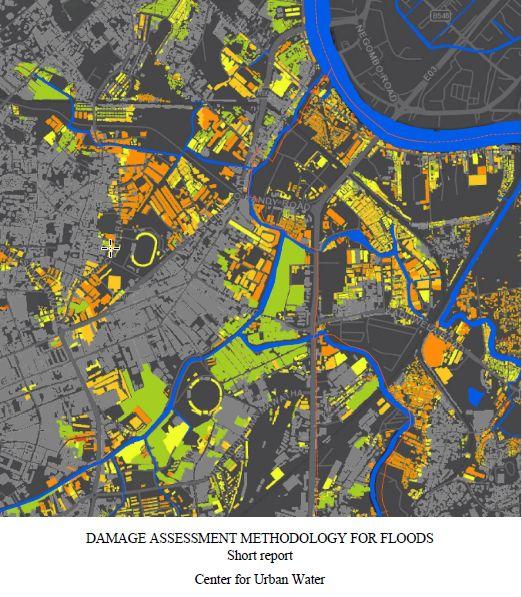- Home
- About
- Events
- Members
- About Members
- Member Institutes
- Algeria
- Argentina
- Australia
- Austria
- Bangladesh
- Brazil
- Bulgaria
- Canada
- China, People's Republic of
- Colombia
- Ecuador
- Egypt
- European Commission
- France
- Germany
- Ghana
- Hong Kong (People's Republic of China)
- India
- Indonesia
- Iran (Islamic Republic of)
- Israel
- Italy
- Japan
- Korea, Republic of
- Lao PDR
- Malaysia
- Mexico
- Morocco
- Nepal
- New Zealand
- Oman
- Phillippines
- Slovakia
- South Africa
- Sri Lanka
- Sudan
- Sweden
- Switzerland
- Chinese Taipei
- Thailand
- Turkey
- United Kingdom
- United States
- Vietnam
- Zimbabwe
- Membership
- Activities
- Resources
- GADRI Archives
- Home
- >
- Resources
- >
- News
- >
- Short Report on ...
There are more types of damages that can be seen in a disaster, which are not easily captured by a physical property, such as the value of a (lost) human life and the extent of a disease outbreak which is due to the cascading effect of the flood event.
Currently, CUrW adopts damage functions prepared for the structural damages and the content damages, which were prepared based on the field surveys carried out by the internal staff of CUrW, in order to calculate the respective damages. At the same time, CUrW seeks opportunities to develop relevant damage curves for the other types of the damage categories (mentioned under Introduction and the structure of the report), through possible partnerships, methodologies and workarounds.
This report will explain the methods adopted by the Centre for Urban Water (CUrW) for the loss estimations for the simulated past and future flood scenarios.
Click the image to view the full report.



